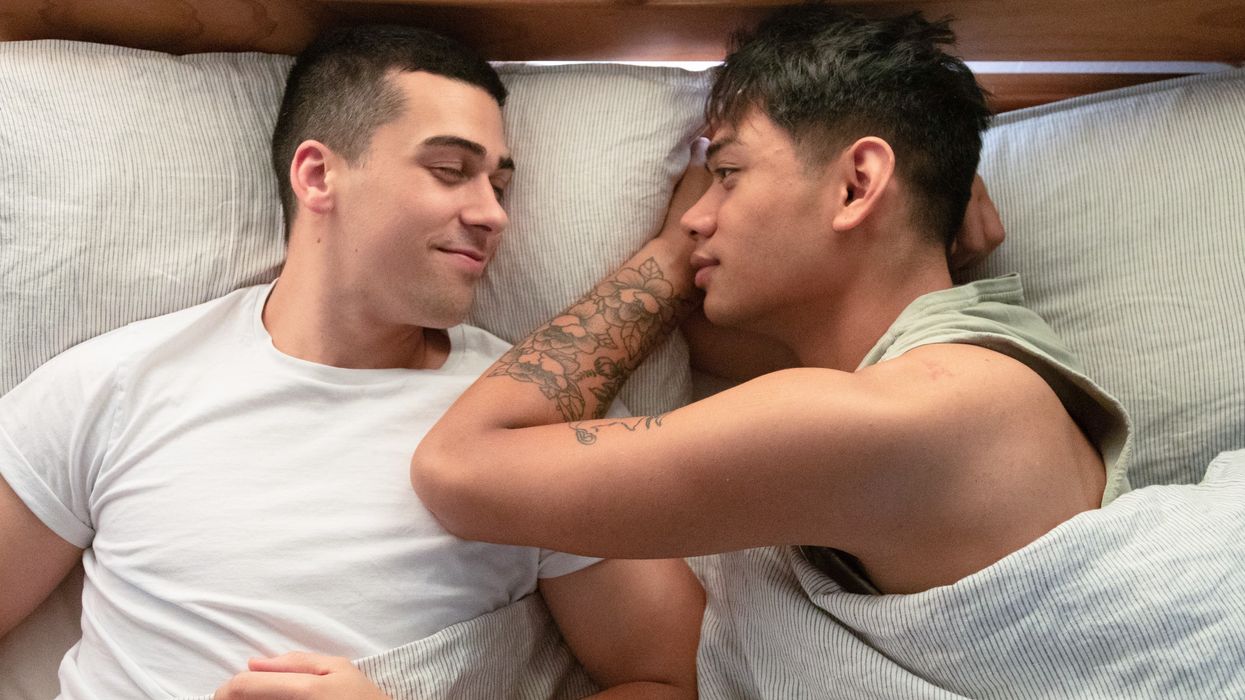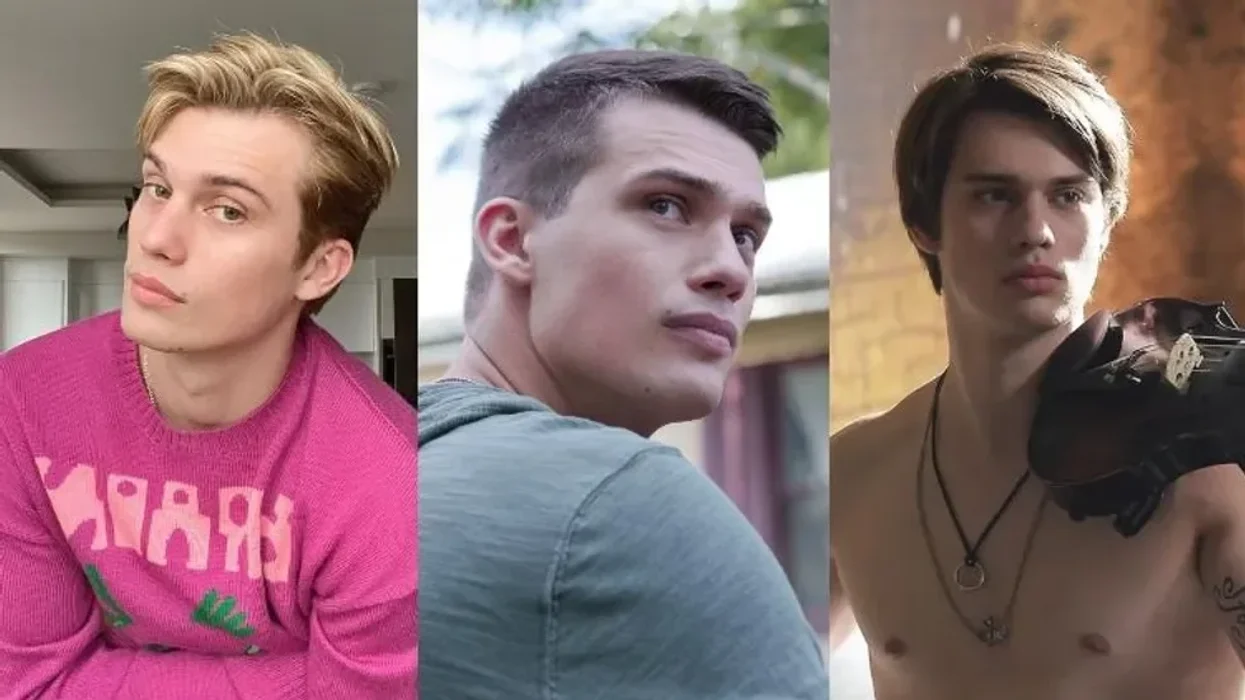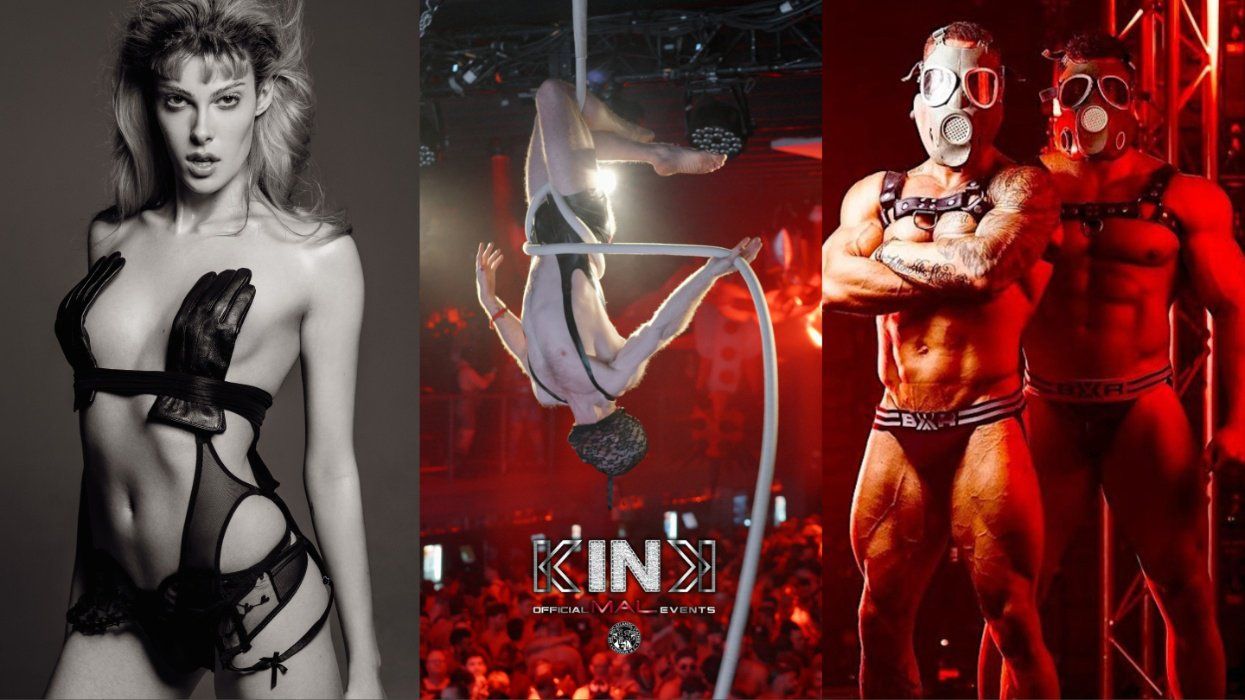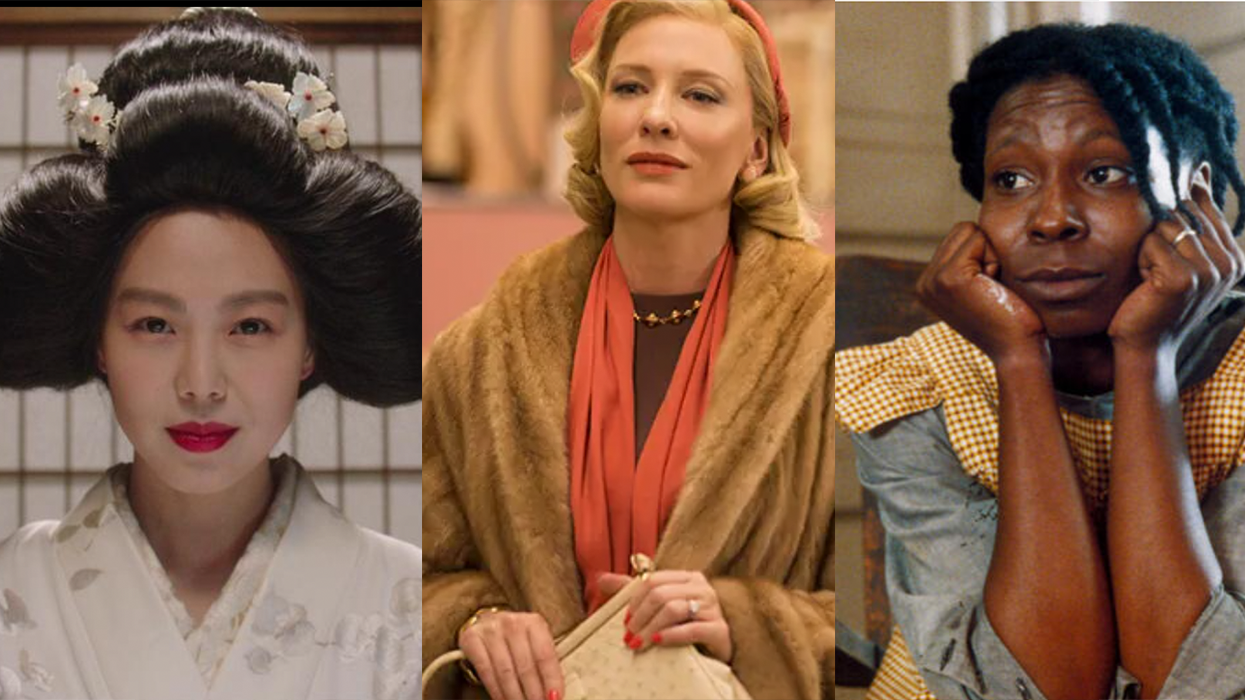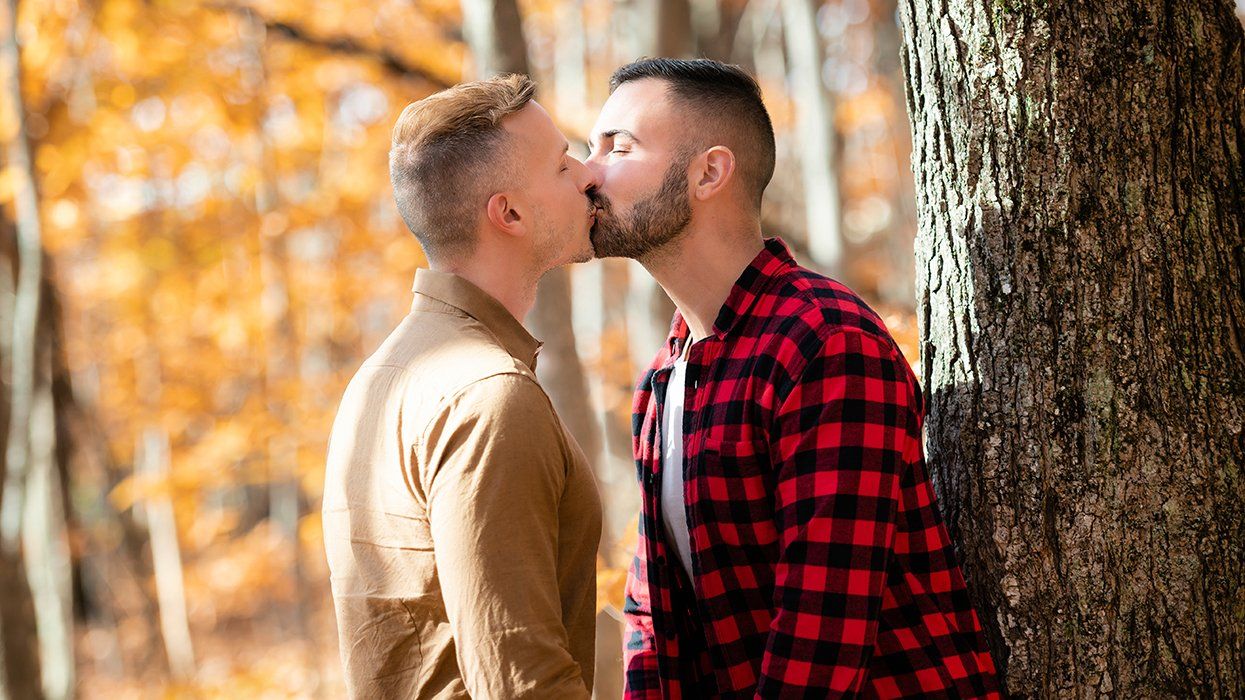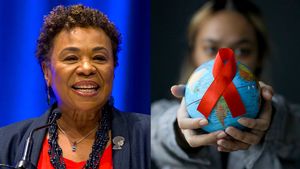This week begins the 43rd anniversary of Stonewall. The piece below is the story of how I accidentally happened upon the first night of the Stonewall Riots, and is one of several pieces in the newly released June 2012 anthology Love, Christopher Street: Reflections of New York City, edited by Thomas Keith with intro by Christopher Bram. The names in the story have been changed to protect identities.
“By institutionalizing memory, resisting the onset of oblivion, recalling the memory of tragedy that for long years remained hidden or unrecognized and by assigning its proper place in the human conscience, we respond to our duty to remember.” – UNESCO Director-General Koïchiro Matsuura (1)
FRIDAY, JUNE 27TH, WAS THE last day of school that year. And with school out, my middle-school cronies and I looked forward to a summer reprieve from rioting against Italian, Irish and Jewish public school kids for being bussed into their neighborhoods. However, the summer months in Brooklyn’s African American enclaves only escalated rioting between New York’s finest—the New York Police Department—and us. During this tumultuous decade of Black rage and white police raids, knee-jerk responses to each other’s slights easily set the stage for a conflagration, creating both instantaneous and momentary fighting alliances in these Black communities across gangs, class, age, ethnicity and sexual orientations—against police brutality.
That night of June 27th started out no differently than any hot and humid summer Friday night in my neighborhood. Past midnight, folks with no AC or working fans in their homes were just hanging out. Some lounged on the fire escapes while others were on the stoops of their brownstones laughing and shooting the breeze. Some were in heated discussion of Black revolutionary politics, while the Holy Rollers were competing with each other over Scripture. The Jenkins boys were drumming softly on their congas to the hot breezy mood of the night air. And directly under the street lamp was an old beat-up folding card table where the Fletchers and the Andersons, lifelong friends and neighbors, were shouting over a game of bid whist.
The sight of Dupree galloping up the block toward us abruptly interrupted the calm of the first hour of Saturday, June 28th. Dupree stopped in front of the gaming table and yelled out, “The pigs across the bridge are beating up on Black faggots—right now!”
Cissy Anderson, who was just moments from throwing in her hand to go to bed, let out a bloodcurdling scream that shook us and brought a momentary halt to everything.
Nate Anderson grabbed his wife to comfort her and said, “Cissy, calm down.”
Those of us not still paralyzed by Cissy’s scream quickly gathered around Dupree to hear more.
“The motherfuckers are taken to going after the weakest among us. The pigs busted into this bar and started beating on them.” “Nate,” Cissy cried out to her husband, “what we gonna to do?” Someone from the crowd shouted, “Let’s go whip their flat white asses!” Laughter erupted from the crowd, but so too a volley of humorous and heated insults about the NYPD.
“WE GOT TO ACT. DAMNIT! We got to act—right now!” Dupree stomped his foot and gave a Black Power fist salute.
Heads nodded in agreement as noisy anger rose from the crowd and fighting alliances formed. More people poured onto the street as news spread. The Jenkins boys pounded their drums in a whipping beat, raising a fierce rage and collective resolve.
”Where in the fuck is this bar?” someone else from the crowd shouted.
“Some place called Greenwich Village,” Dupree shouted above the noise.
“You mean upstate New York?” someone questioned.
“I ain’t got no car,” another voice shouted.
“Ain’t that Connecticut?” someone else shouted
“I still ain’t got no car,” shouted the familiar voice.
“No, dumb ass. It’s someplace in lower Manhattan,” Dupree, annoyed, shouted back to whomever asked the question.
Less than twelve hours ago was the last day of school and none of us school kids could have expected to be in another riot so soon, and especially outside of Brooklyn. Very few of us that night would have known of Greenwich Village, not only because of the insularity of our neighborhoods, but also because of our undisclosed history and impermanent residency in the Village.
GREENWICH VILLAGE IN THE 1800s had housed the largest population for former slaves in the country. “Little Africa,” the area around Bleecker, MacDougal, Sullivan, and Thompson Streets established the country’s first Black newspaper, Freedom’s Journal (1827-1829), and first Black theater, the African Grove (1821-1823).
But gentrification forced racial relocation and led to Harlem becoming the Mecca of Black America.
On the surface, the Village appeared then and appears to this day to be a site of easy racial and social coexistence. Its worldly reputation as an artists’ enclave, a Bohemian hot spot, and a gay refuge of progressive thinkers and cultural tolerance already attracted people worldwide. And for African Americans running away from the stinging indignities of Jim Crow America and the religious homophobia of the Black Church, it brought hope. But the Village’s entrenched milieu of race and class elite liberalism relegated Blacks to the margins of the community.
More on next page...
\\\
(continued)
For lesbian, gay, bisexual, transgender, and queer (LGBTQ) African Americans, our presence in the Village by the 1960s had less to do with the white LGBTQ community’s marginal tolerance of us than it had to do with our permanent eviction from Harlem. As a Black cultural and social Mecca, Harlem was home and refuge to New York City’s Black population beginning in the early 1900s. And within Harlem various groups of African Americans found their specific niche of self-expression and acceptance. By the time of the Harlem Renaissance, roughly from 1920–1935, LGBTQ African Americans, too, carved out for themselves a queer space of self-expression and acceptance.
During the Harlem Renaissance, a subculture of African American LGBTQ artists and entertainers emerged. Rent parties, speakeasies, sex circuses, and buffet flats were places where many of the major gay and bisexual male literary figures like Alain Locke, Countee Cullen, Langston Hughes, Claude McKay, Wallace Thurman, and Richard Bruce Nugent met, and many of the major bisexual and lesbian blues singers like Bessie Smith, Ma Rainey, “Moms” Mabley, Mabel Hampton, Alberta Hunter, and Gladys Bentley performed. The renowned Savoy Ballroom and the Rockland Palace hosted drag ball extravaganzas with prizes awarded for the best costumes. Langston Hughes depicted the balls as “spectacles of color.” George Chauncey, author of Gay New York, wrote that during this period, “perhaps nowhere were more men willing to venture out in public in drag than in Harlem.”
Harlem was both a complicated open and closeted queer social hot spot. The annual Hamilton Lodge event openly referred to the drag ball extravaganzas as the “Parade of the Pansies,” “Dance of the Fairies” and “‘Faggots’ Ball.” These balls were wildly popular and growing among Harlem’s working class, but the constant harassment by white policemen patrolling the neighborhood made the trans community a conspicuous target along with public denouncements of them by Black ministers like the famous Adam Clayton Powell, Sr. of the Abyssinian Baptist Church.
By the ’50s, the country was on a campaign to restore traditional gender roles that had been disrupted by World War II, and McCarthyism was its policing mechanism. Special attention was given to LGBTQ Americans because J. Edgar Hoover’s FBI and the police department kept a running list of us. Many of Harlem’s prominent LGBTQ denizens, who enjoyed a relative openness about their sexual orientation from the 1920s through the 1940s, were driven into the closet. By the 1960s, known queer spaces in Black urban communities like Harlem had for the most part disappeared. With the early part of the 1960s shaped by the Black Civil Rights Movement that was led by homophobic African American ministers, and the latter part of the ’60s shaped by the Black Power Movement that was built on the most misogynistic and homophobic strains of Black Nationalism, Black LGBTQ sexualities were perceived as a threat, not only to Black male heterosexuality, the Black Church and community, but also the ontology of blackness itself.
WHEN DUPREE STOPPED IN FRONT of Mr. Fletcher’s game table, he was signaling to his aunt and uncle that their son Birdie, who sang like a beautiful songbird, was more than likely in the melee across the bridge. Everyone knew Birdie was gay, and we wondered where he and his “brother-girls,” as he dubbed them, had gone on the weekends when they laughed and spoke in code on Sundays about their exploits while robing-up for choir.
CISSY DETESTED THAT HER ELDEST, Nate Turner “Birdie” Anderson, Jr., went outside the community to a white neighborhood to be himself. As it was, Cissy felt she had no control in protecting her children. Her youngest children were ensnared in the ongoing bussing debacle where the court mandated they attend school outside of their neighborhood; and now Birdie went out of the neighborhood to Greenwich Village. She worried about cops killing him, or a gang of white thugs chasing him to his death.
And her fears were not unfounded. That’s what had happened to her middle brother, Herndon, twenty years before, in 1949 in Lynchburg, Virginia. He was gang-raped, but his death was reported as a lynching. Herndon was gay, an effeminate and slight man, no more than five feet seven inches tall, weighing roughly one hundred forty pounds, like his nephew Birdie. When he went to visit friends on his own while strolling down dirt roads in Lynchburg, rednecks a bunch of them together—would try to catch him. When they did they would tie him to the back seat of their pick-up truck and take him into the woods to gang-rape him, and make Herndon perform fellatio on them. On the day they killed Herndon, he’d refused to give them the satisfaction they demanded. The men mutilated Herndon, vying for his genitals as souvenirs to sell; but they eventually divided the pieces among themselves and kept them.
Nate, Sr., too, worried about his eldest son. When Birdie told his dad he was gay, his father asked him if he understood that he didn’t know how to keep him safe, especially if his son wandered out of his purview. Mr. Anderson took great pride in keeping his family together and safe, which is why he had hightailed it up North to Brooklyn, bringing his childhood sweetheart Cissy with him after he’d shot dead two of Herndon’s rapists—and turned Bo Milt, the third rapist, into a quadriplegic by repeatedly running him over with his truck while Bo Milt yelled, “Nigger, stop!”
NATE TURNER ANDERSON SR. WAS a race man: like the African prince High John the Conqueror, he was handsome, charming, beguiling, and not to be messed with. At six feet eight inches tall, Nate, Sr. was barrel-chested and a blue-black complexioned man of few words with a distinctive bass voice that commanded attention. When his voice rose above Dupree’s and the crowd, we were as shocked to silence as we were by Cissy’s bloodcurdling scream.
“My son is somewhere there and I need you all to help me find him and bring him home safely to his mother and me.”
The charge to find Birdie trumped, for some, our rage to fight cops. Rechanneling our energy around Nate, Sr., groups of us hopped the IRT 7th Avenue subway line to the Village.
More on next page...
\\\
(continued)
Coming out of the subway station at Christopher Street we could hear the commotion. The shoving and pushing by both protestors and police yanked three of us away from the core group; we were left to fend for ourselves. When we made our way into the crowd swarming the front of the Stonewall Inn, we too threw bottles, garbage, and anything we could get our hands on. In the midst of the riot I realized the moment looked and felt similar to the Martin Luther King riot. But this time I knew who the LGBTQ folks fighting along with us were.
AS THE MOMENTUM OF THE crowd pushed my small group to Waverly Place, a block away from the Stonewall, we witnessed two white cops pummeling a Black drag queen. “I should shove this stick up your ass,” said one of the cops as he pulled up her dress with a nightstick in his hand. The taller of the two cops yanked off her wig and laughingly tossed it to the other cop. In spotting us, the cop who caught the wig threw it at us yelling, “You nigger fags get away!”
The wig missed and landed about a foot away from us, but the cop’s words hit, striking fear. And with just the three of us traveling together—the boys were high school football linebackers and me, a middle schooler—and being the youngest and only girl with them, I felt vulnerable after having lost Nate, Sr. and the group. Witnessing the beat-down and disrobing of the drag queen made me want to cry, but I fought back the tears and ran, following the boys down the block.
When we came home the night of June 28th, we still had no idea of Birdie’s fate. Throughout that day and the night before we had witnessed so many Birdies beaten badly. We stopped by the Andersons to convey our concerns and that we had looked for Birdie. Cissy told us that he was safely home, having sustained a number of blunt trauma injuries—a black eye, assorted bruises, broken ribs, a sprained ankle, and a busted lip. None of us know how Nate, Sr. found Birdie in the riot, but he did—we assumed parental instinct trumped the seemingly impossible.
When I look back at the first night of the Stonewall Inn riots, I could have never imagined its future importance. The first night played out no differently from previous riots with Black Americans and white policemen. And so too, it being underreported. But I was there.
ON THE FIRST NIGHT OF the Stonewall Inn riots, African Americans and Latinos were the largest percentage of the protestors because we heavily frequented the bar. For Black and Latino homeless youth and young adults, who slept in nearby Christopher Park, the Stonewall Inn was their stable domicile. The Stonewall Inn being raided was nothing new. In the 1960s gay bars in the Village were routinely raided, but, “Race is said to have been another factor. The decision by the police to raid the bar in the manner they did may have been influenced by the fact that most of the ‘homosexuals’ they would encounter were of color, and therefore even more objectionable.” (2)
Although, today, African American and Latino trans communities are relegated to the margins of Greenwich Village, if not expulsed from it, these communities, nonetheless, force their way into being a visible and powerful presence in our lives, leaving indelible imprints while confronted with not only transphobia but also “trans-amnesia.” The inspiration and source of an LGBTQ movement post-Stonewall is an appropriation of a Black, brown, trans and queer liberation narrative and struggle. The Stonewall Riot of June 27-29, 1969 in Greenwich Village started on the backs of working class African American and Latino queers who patronized that bar. Those brown and Black LGBTQ people are not only absent from the photos of that night, but have been bleached from its written history. Many LGBTQ Blacks and Latinos argue that one of the reasons for the gulf between whites and themselves is about how the dominant queer community rewrote and continues to control the narrative of Stonewall.
1 The UNESCO Slave Route Project, “Lest We Forget: the Triumph Over Slavery,” that marked the United Nations General Assembly’s resolution proclaiming 2004 “The International Year to Commemorate the Struggle Against Slavery and Its Abolition.”
2 T-Vox contributors, “The Stonewall Riots,” T-Vox, Wikimedia Foundation Inc., (accessed December 3, 2011).
Follow SheWired on Twitter!
Follow SheWired on Facebook!
















































